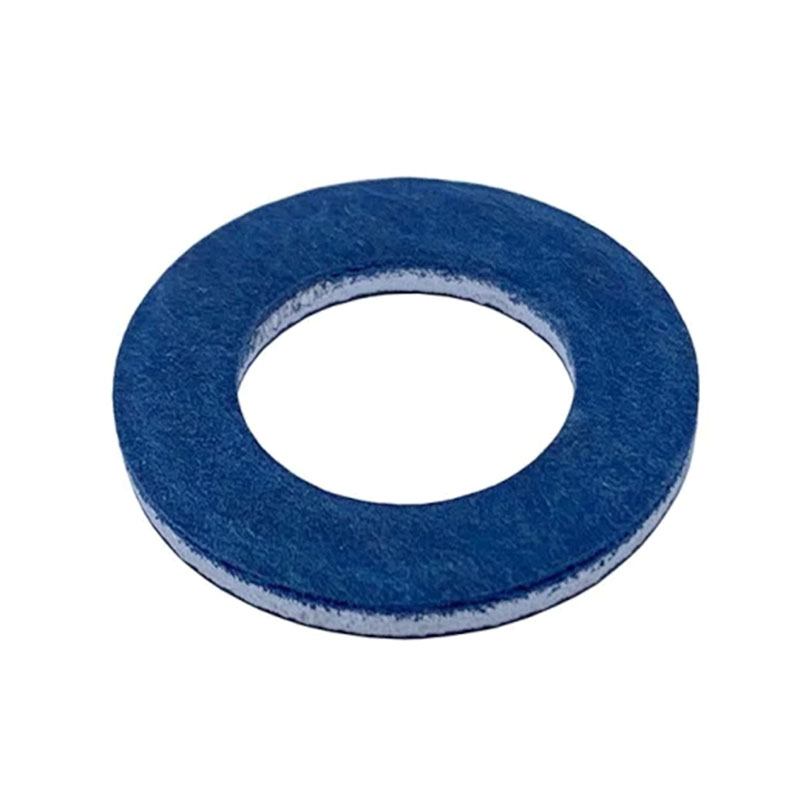Understanding the Importance and Functionality of Rotary Shaft Seals in Mechanical Applications
Understanding Rotary Shaft Seals Functionality and Importance
Rotary shaft seals are crucial components in many mechanical systems, play an essential role in ensuring the efficient operation of machinery and equipment. These seals are designed to prevent the leakage of fluids and protect against external contaminants, thereby maintaining the integrity of the internal components.
What Are Rotary Shaft Seals?
Rotary shaft seals, often referred to as oil seals, are specifically engineered to seal rotating shafts. They are typically made of elastic materials such as rubber, elastomers, or thermoplastics, which provide the flexibility necessary to accommodate the dynamic movements of rotating parts. The design of these seals can vary depending on their specific application; however, they usually consist of several key components, including a sealing lip, spring, and outer casing.
The primary function of the sealing lip is to create a barrier that prevents the escape of lubricants or oils from inside the machinery while also blocking dirt, moisture, and other contaminants from entering. The compressive force exerted by the spring ensures that the sealing lip maintains a tight fit against the rotating shaft, adapting to any minor fluctuations in size due to wear or temperature changes.
Applications of Rotary Shaft Seals
Rotary shaft seals are widely used across various industries
. For instance, in the automotive sector, they are found in engines, transmissions, and axles, where they help maintain fluid levels and protect against external elements. In industrial machinery, rotary shaft seals are prevalent in pumps, compressors, and turbines, facilitating smooth operation while minimizing the risk of leakage or wear.rotary shaft seals

The effectiveness of these seals significantly impacts machinery performance. Without reliable seals, there can be substantial fluid loss, resulting in inefficient operation, increased maintenance costs, and even environmental hazards.
Material Selection
The choice of materials for rotary shaft seals is critical, as it affects their performance and durability. Common materials include nitrile rubber, fluorocarbon rubber (Viton), and silicone, each offering distinct advantages depending on the operating environment. For example, fluorocarbon seals are resistant to high temperatures and aggressive chemicals, making them suitable for applications in pharmaceutical or chemical processing industries. Conversely, standard nitrile rubber seals are widely used in general-purpose applications due to their good elasticity and resistance to oils.
Maintenance and Lifespan
While rotary shaft seals are designed for longevity, they may eventually wear out due to factors like thermal cycling, pressure fluctuations, and exposure to harsh chemicals. Regular maintenance checks can help identify potential issues early on, such as leaks or signs of wear. Replacing seals before they fail is often more cost-effective than dealing with system failures or catastrophic leaks.
In conclusion, rotary shaft seals are vital components that support the functional integrity of rotating machinery. Understanding their design, material properties, and applications is essential for industries that rely on machinery systems for their operations. By investing in high-quality seals and conducting regular maintenance, businesses can enhance performance, prolong equipment lifespan, and reduce the likelihood of operational disruptions. As technology progresses, the development of advanced seal materials and designs continues to optimize their effectiveness, paving the way for more efficient and sustainable industrial practices.
-
Understanding Automotive Oil Seals: Essential Components for Engine and Shaft Protection
News Jul.30,2025
-
The Importance of Heavy Duty Seals in Industrial and Residential Applications
News Jul.30,2025
-
Exploring Industrial Oil Seals: From Felt Oil Seals to TTO and CFW Solutions
News Jul.30,2025
-
Essential Guide to Oil Seals: From Radial to Metal-Cased Seals for Industrial Reliability
News Jul.30,2025
-
Choosing the Right Oil Seals and Gaskets for Industrial and Automotive Applications
News Jul.30,2025
-
Cassette Seals: Durable Sealing Solutions for Harsh Environments
News Jul.30,2025
-
Understanding the Front Main Engine Seal: Purpose, Maintenance, and Installation
News Jul.29,2025
Products categories















